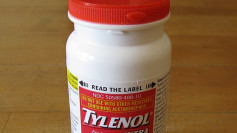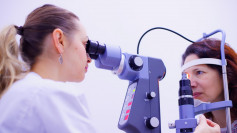After several studies and researches, experts have finally able to come up with how the coronavirus can be transmitted from one person from the other. According to the experts from the World Health Organization, the major way COVID-19 can infect people is through exposure to droplets of body fluids from an infected person.
Once a person carrying the virus speaks, cough, sneeze, and sweats, the coronavirus will then be released from their body through their body fluid possibly infecting other people next to him. The virus can also stay on surfaces, which other people may touch. Once touched, the virus can contaminate the receiver's hands and eventually his body if he touches his eyes, nose, and mouth without washing his hands.
Unfortunately, this information only goes for those symptomatic persons or those who show symptoms. How about those asymptomatic or those who don't show any COVID-19 symptoms? Who are they? How can they transmit the virus? How can other people protect themselves from the risks?
WHO ARE ASYMPTOMATIC PEOPLE?
In COVID-19 transmission, there are two groups of people who play a very crucial role: the symptomatic and asymptomatic. Symptomatic people are those who show symptoms of the coronavirus. These symptoms include dry cough, fever, difficulty of breathing, rashes, tiredness, diarrhea, conjunctivitis, headache, loss of smell and taste, rashes on the skin, sore throat, and body pains, as explain by Center for Disease Control and Prevention. Asymptomatic, on the other hand, are those who don't show any symptoms at all.
HOW DO ASYMPTOMATIC SPREAD THE VIRUS?
There is still limited information regarding asymptomatic cases, but researchers found out how they play an important role in transmitting the virus. According to experts, asymptomatic people's respiratory tract can produce a high level of particles that carries the coronavirus even without displaying symptoms. Asymptomatic people will then be able to infect other people once these particles escape from their bodies by coughing or talking.
HOW TO KEEP YOURSELF PROTECTED AGAINST ASYMPTOMATIC SPREAD
It is still not clear whether how many people are asymptomatic or not. Researchers estimate the number ranges between 18% and 80%.
Since we will never know who among the people we encounter are positive, experts say it is very crucial to be cautious and follow strict measures to be safe, as posted by The Conversation. Some of the things to do are to observe social distancing, avoid touching your mouth, nose, and eyes, and by wearing masks. It is also important to follow proper sanitization by bathing every day, washing your hands often for 20 seconds, or by applying alcohol or sanitizer to it.






